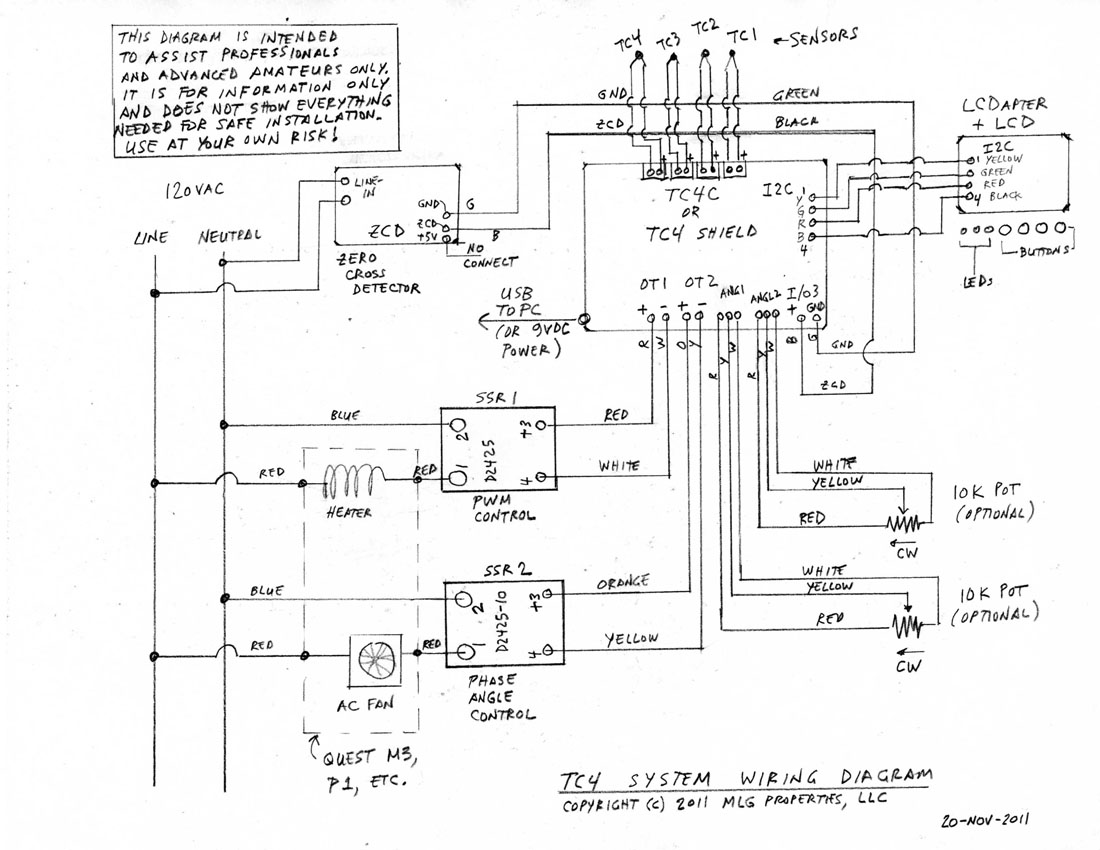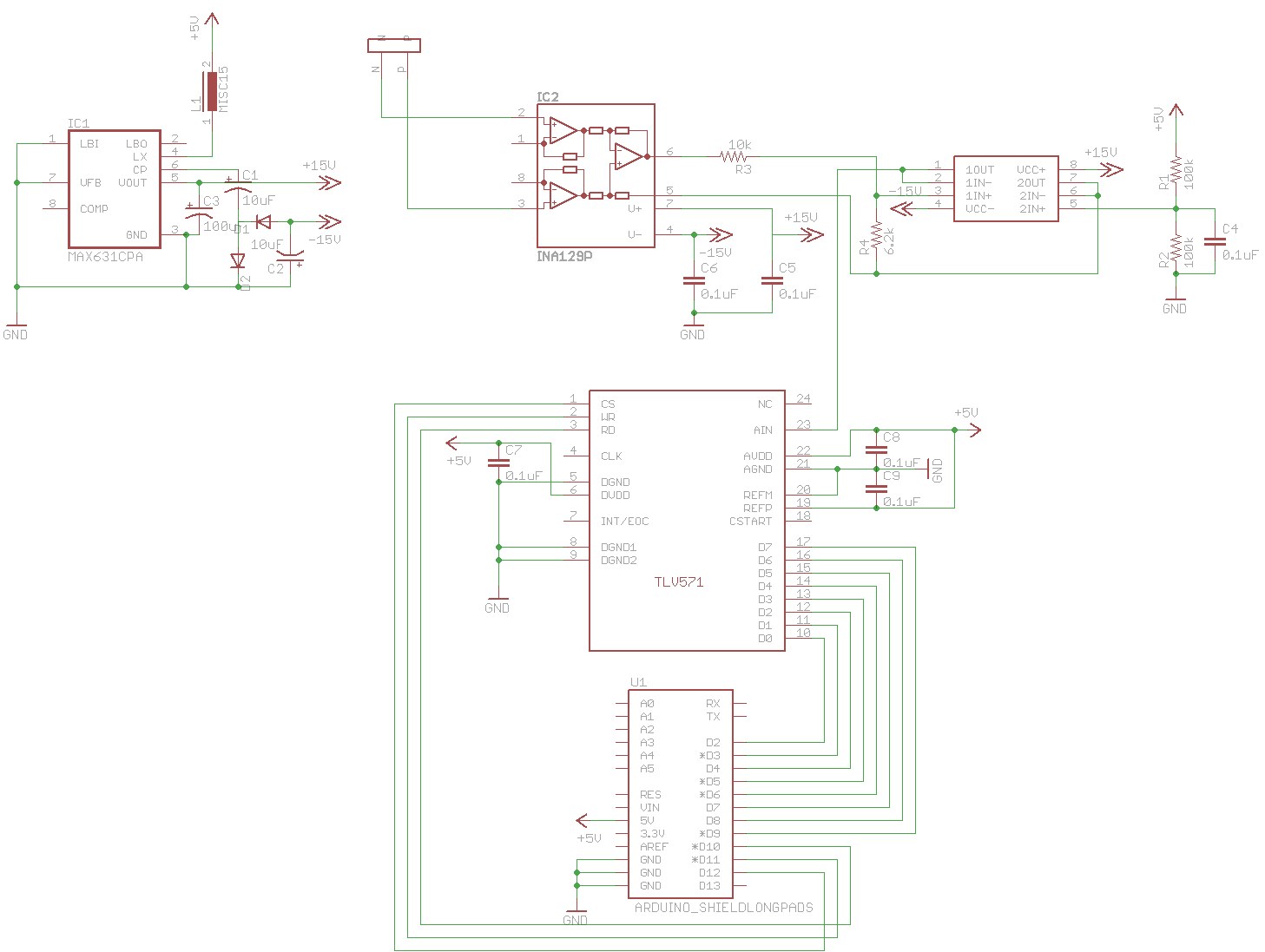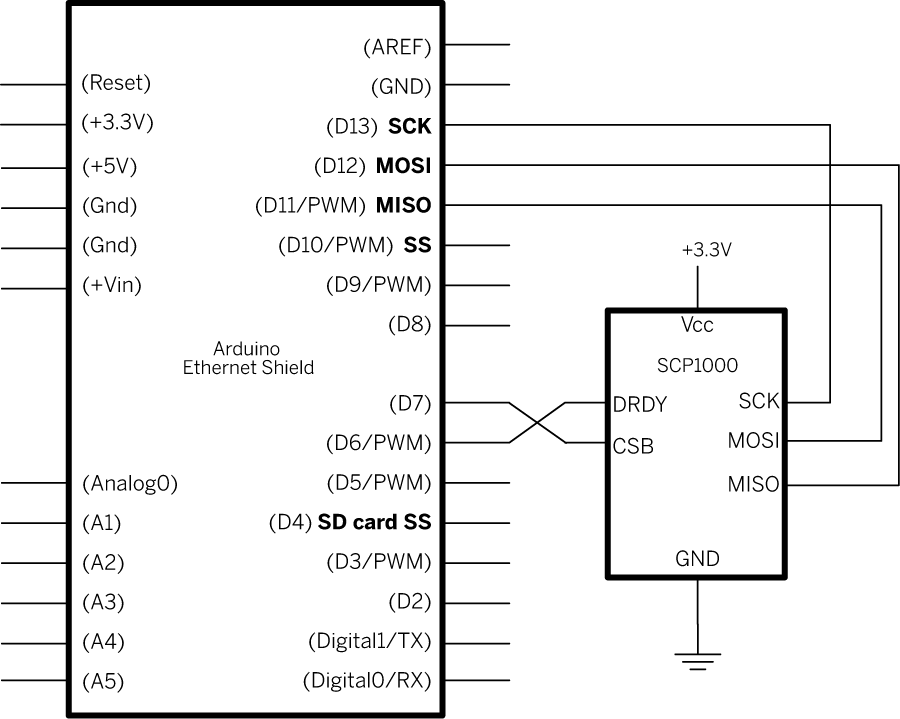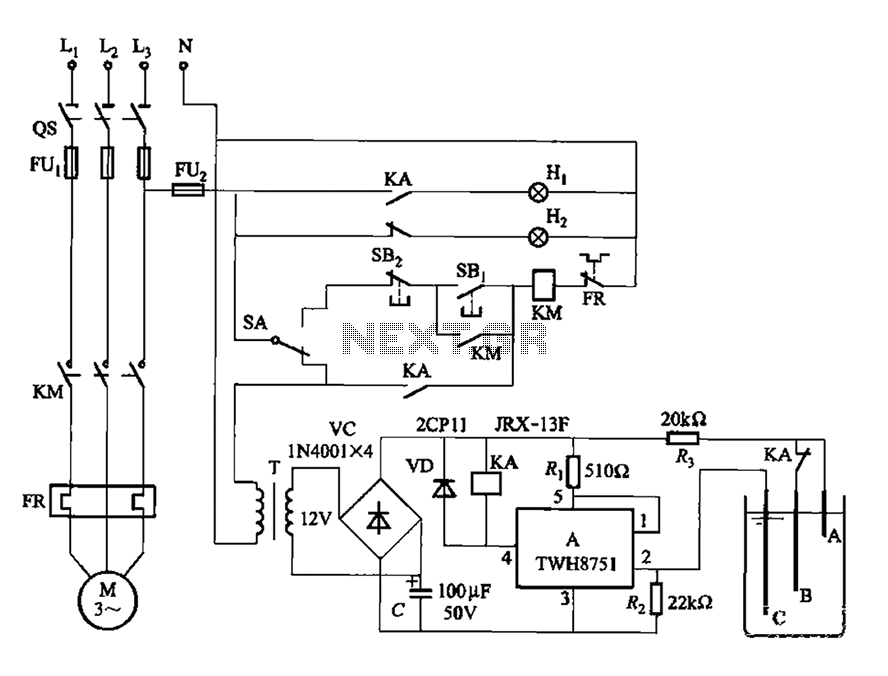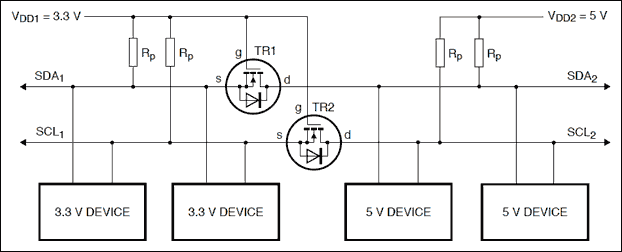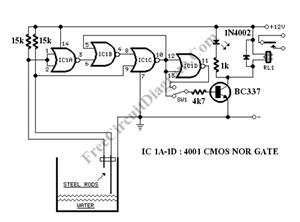
Wii Nunchuck Arduino Spirit Level
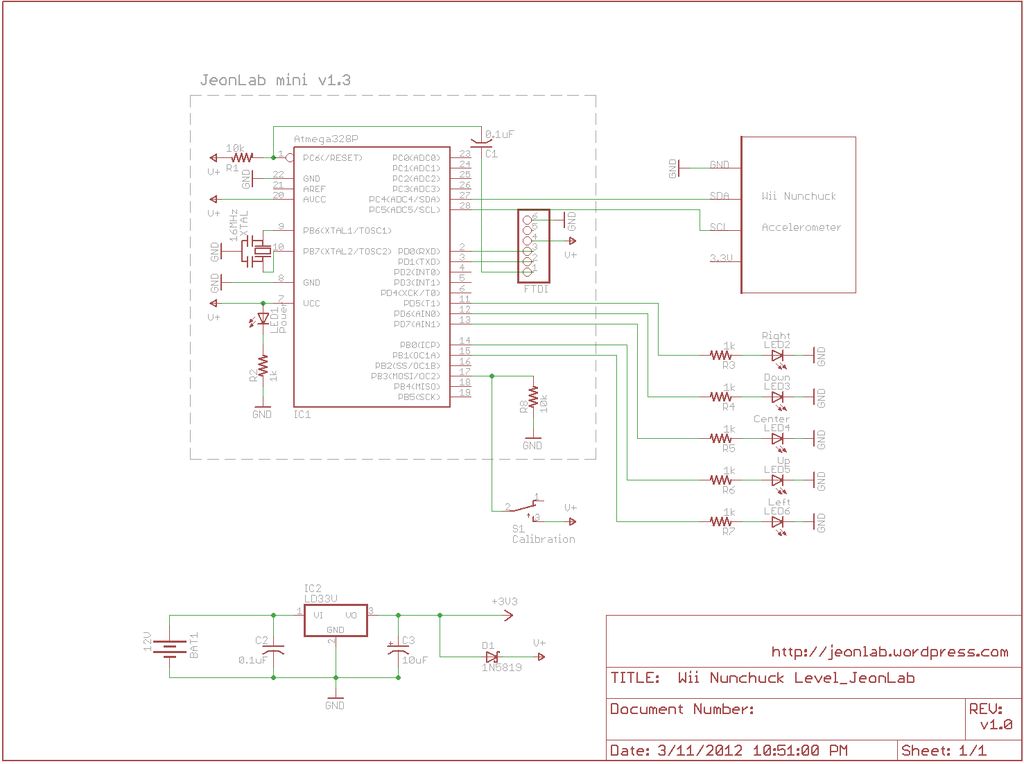
After reading an article on the Todbot blog, a purchase was made for several Wii Nunchucks from eBay. The exact amount paid is not recalled, but it was significant.
The Wii Nunchuck is a motion-sensing input device that connects to the Wii Remote, enhancing the gaming experience with its analog stick and motion detection capabilities. It features a 3-axis accelerometer and an analog joystick, allowing for precise control in various gaming applications. The Nunchuck communicates with the Wii Remote using a proprietary communication protocol over a 4-wire connection: power, ground, data, and clock lines.
To integrate a Wii Nunchuck into a circuit, the first step involves establishing the necessary connections. The power line (typically 3.3V) should be connected to the VCC of the microcontroller or development board. The ground line connects to the common ground. The data and clock lines are used for I2C communication, enabling the microcontroller to read inputs from the Nunchuck.
The Nunchuck's internal accelerometer data can be accessed by sending specific commands over the I2C bus. The microcontroller must initialize the communication by sending a request to read the data, which includes the joystick position and accelerometer readings. The data received is in a binary format, which must be processed to extract meaningful information about the orientation and movement.
For applications such as robotics or remote control systems, the Nunchuck can serve as an intuitive controller, allowing users to manipulate devices with natural gestures. The compact design and wireless capabilities of the Wii Nunchuck make it suitable for various projects, including gaming interfaces, remote-operated vehicles, and interactive installations.
In conclusion, the Wii Nunchuck is a versatile input device that can be effectively utilized in electronic projects, providing both motion sensing and user input through its joystick. Proper interfacing and data handling are essential for maximizing its potential in any application.Since I have read an article on todbot blog, I bought a couple of Wii Nunchucks from ebay. I don`t remember how much I paid for them, but it was much.. 🔗 External reference
The Wii Nunchuck is a motion-sensing input device that connects to the Wii Remote, enhancing the gaming experience with its analog stick and motion detection capabilities. It features a 3-axis accelerometer and an analog joystick, allowing for precise control in various gaming applications. The Nunchuck communicates with the Wii Remote using a proprietary communication protocol over a 4-wire connection: power, ground, data, and clock lines.
To integrate a Wii Nunchuck into a circuit, the first step involves establishing the necessary connections. The power line (typically 3.3V) should be connected to the VCC of the microcontroller or development board. The ground line connects to the common ground. The data and clock lines are used for I2C communication, enabling the microcontroller to read inputs from the Nunchuck.
The Nunchuck's internal accelerometer data can be accessed by sending specific commands over the I2C bus. The microcontroller must initialize the communication by sending a request to read the data, which includes the joystick position and accelerometer readings. The data received is in a binary format, which must be processed to extract meaningful information about the orientation and movement.
For applications such as robotics or remote control systems, the Nunchuck can serve as an intuitive controller, allowing users to manipulate devices with natural gestures. The compact design and wireless capabilities of the Wii Nunchuck make it suitable for various projects, including gaming interfaces, remote-operated vehicles, and interactive installations.
In conclusion, the Wii Nunchuck is a versatile input device that can be effectively utilized in electronic projects, providing both motion sensing and user input through its joystick. Proper interfacing and data handling are essential for maximizing its potential in any application.Since I have read an article on todbot blog, I bought a couple of Wii Nunchucks from ebay. I don`t remember how much I paid for them, but it was much.. 🔗 External reference
Warning: include(partials/cookie-banner.php): Failed to open stream: Permission denied in /var/www/html/nextgr/view-circuit.php on line 713
Warning: include(): Failed opening 'partials/cookie-banner.php' for inclusion (include_path='.:/usr/share/php') in /var/www/html/nextgr/view-circuit.php on line 713
